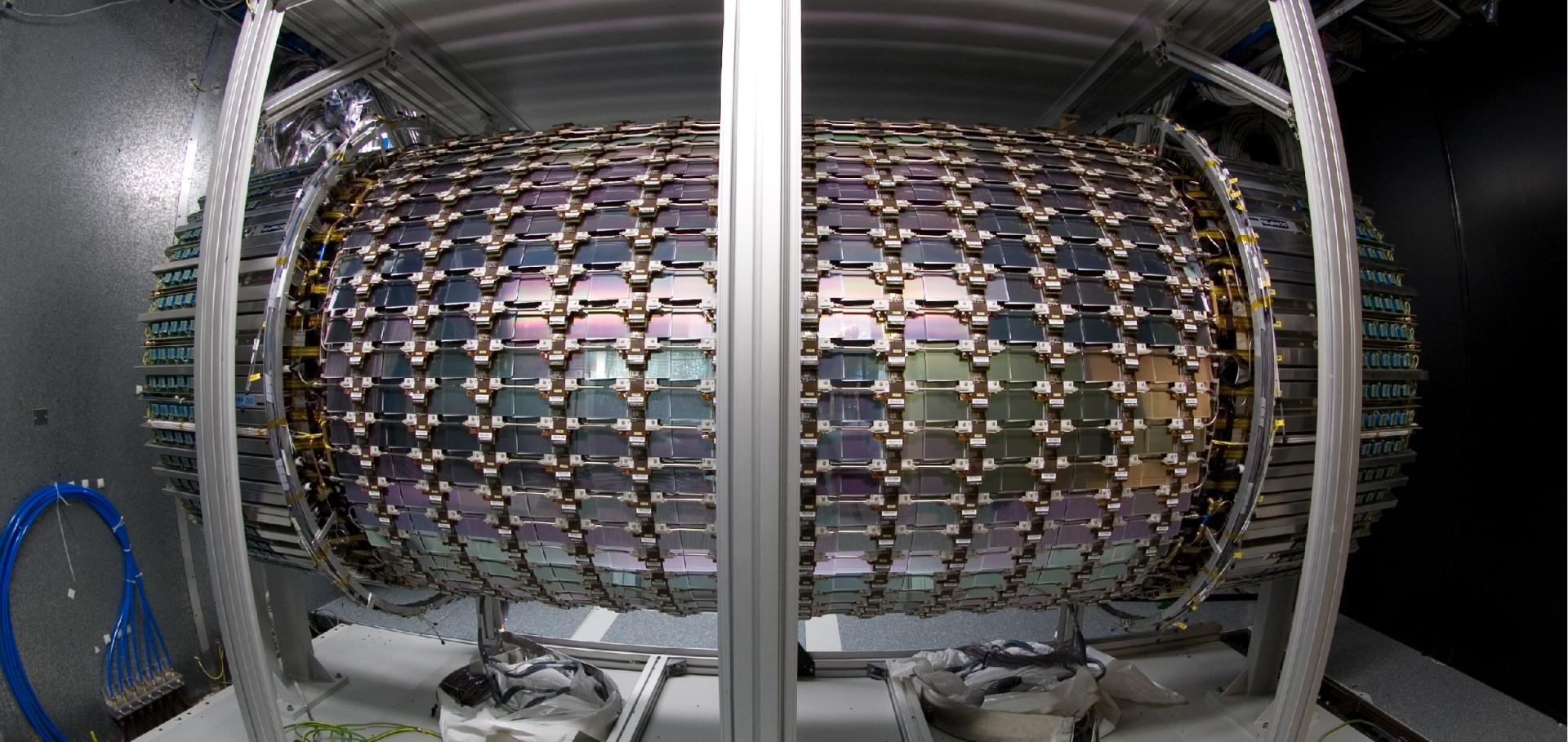The radiation tolerance of specific optical fibres exposed to 650 kGy(Si) of ionizing radiation
Journal of Instrumentation 4 (2009) 07
Abstract:
The LHC upgrade will extensively increase the area of silicon detectors used in the ATLAS experiment and require substantial changes to the readout system of both the ATLAS and CMS experiments. The two experiments are expected to use optical systems for part of the data and control paths which must withstand levels of radiation equivalent to a dose of approximately 400 kGy(Si) at 30 cm from the collision region (including a safety factor of 1.5). As part of the search for acceptably radiation hard optical fibres, four Graded Index multimode (GRIN) optical fibres and one single-mode (SM) fibre were tested to 650 kGy(Si) equivalent dose. One of the GRIN fibres was also tested at 5 different dose rates, in order to understand the dose rate effects. These tests have validated the radiation tolerance of a single-mode fibre and two multimode fibres for use at the SLHC for warm operation. Some interesting features of the time dependence of the fibre radiation damage and future plans are discussed.Engineering for the ATLAS SemiConductor Tracker (SCT) End-cap
Journal of Instrumentation 3:5 (2008)
Abstract:
The ATLAS SemiConductor Tracker (SCT) is a silicon-strip tracking detector which forms part of the ATLAS inner detector. The SCT is designed to track charged particles produced in proton-proton collisions at the Large Hadron Collider (LHC) at CERN at an energy of 14 TeV. The tracker is made up of a central barrel and two identical end-caps. The barrel contains 2112 silicon modules, while each end-cap contains 988 modules. The overall tracking performance depends not only on the intrinsic measurement precision of the modules but also on the characteristics of the whole assembly, in particular, the stability and the total material budget. This paper describes the engineering design and construction of the SCT end-caps, which are required to support mechanically the silicon modules, supply services to them and provide a suitable environment within the inner detector. Critical engineering choices are highlighted and innovative solutions are presented - these will be of interest to other builders of large-sca e tracking detectors. The SCT end-caps will be fully connected at the start of 2008. Further commissioning will continue, to be ready for proton-proton collision data in 2008. © 2008 IOP Publishing Ltd and SISSA.The ATLAS experiment at the CERN large hadron collider
Journal of Instrumentation 3:8 (2008)
The data acquisition and calibration system for the ATLAS semiconductor tracker
Journal of Instrumentation 3:1 (2008)


